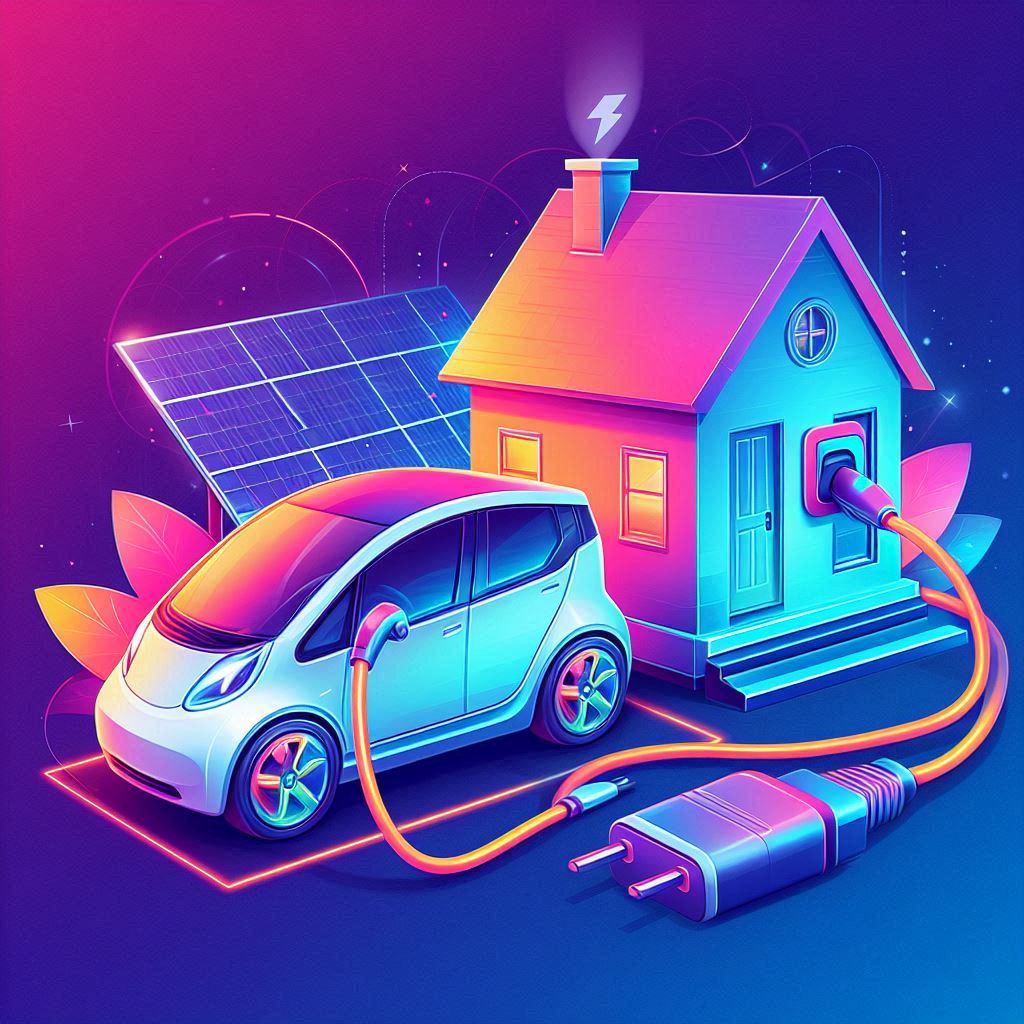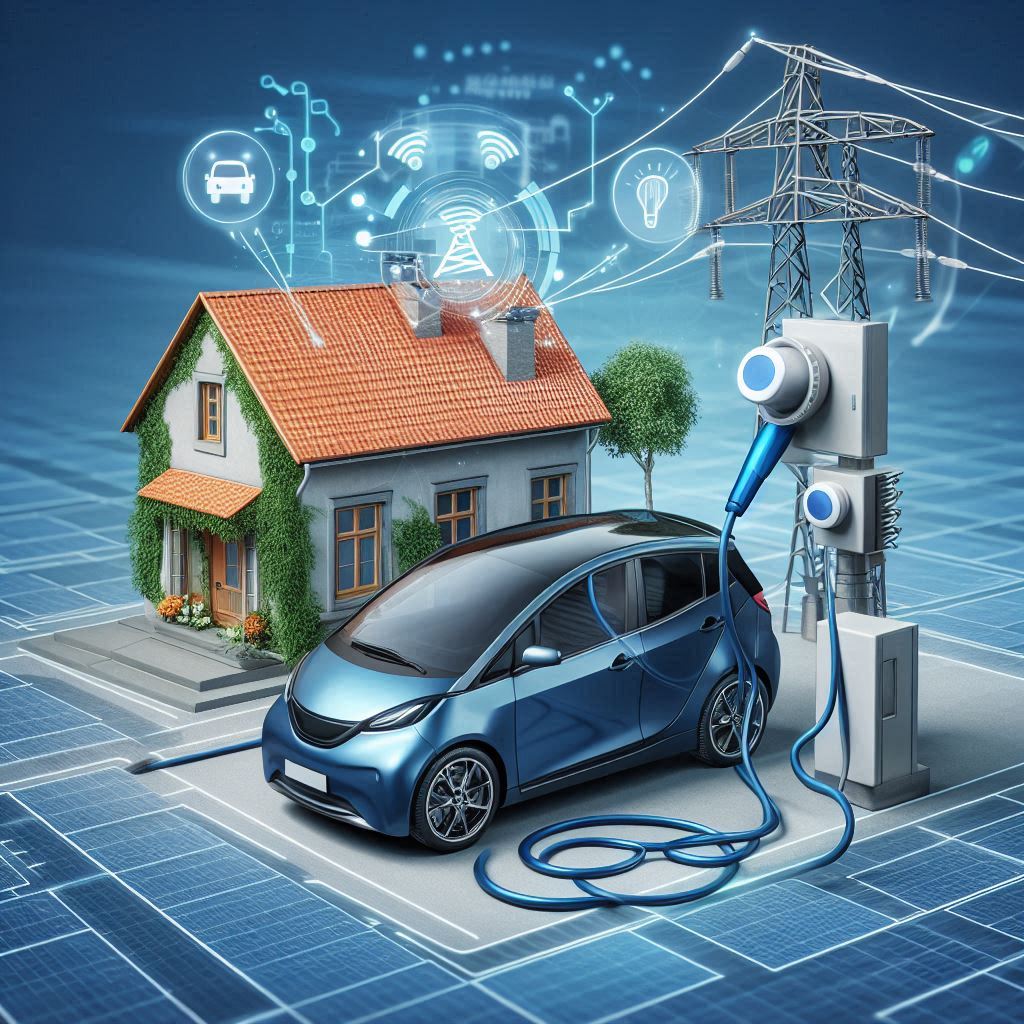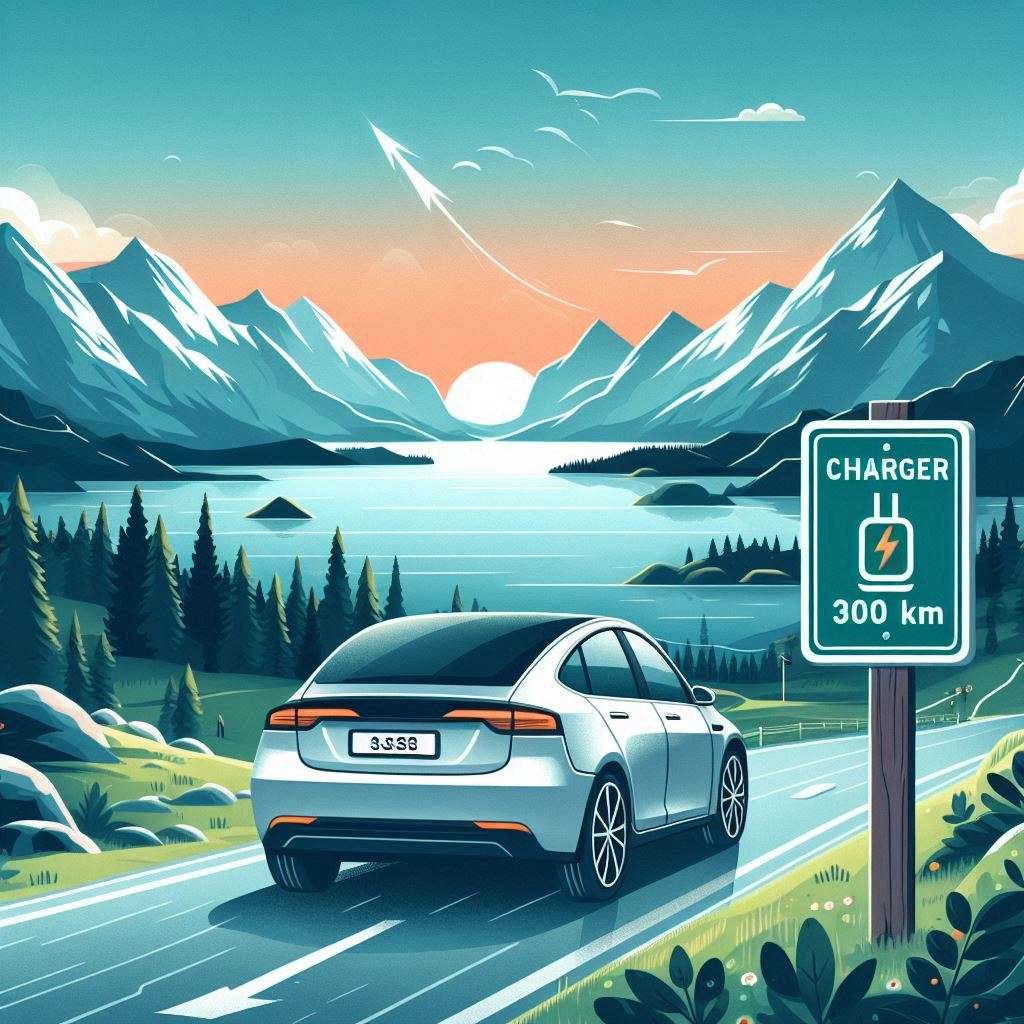Electric vehicles (EVs) are not just a means of transportation; they can also serve as a mobile power source. This is made possible through technologies known as V2L, V2H, and V2G. Let’s delve into what these terms mean and how they differ.
For the latest developments in Australia’s journey to V2G see this news article.
Vehicle-to-Load (V2L)
V2L stands for Vehicle-to-Load. It is the simplest way to use energy from lithium-ion batteries in EVs to power something else. It’s a one way flow from the car.
In an EV with V2L, there are two methods of charging other devices. One way is via a special adapter with a standard 240-volt power point that can be inserted into the charging port. This is an external V2L output. Some EVs also have internal V2L, which is simply an internal power point.
V2L can be used to power equipment when out and about, like when camping. I’ve used my internal V2L to to power the vaccum cleaner in the car without an extension cord from the house. I’ve also used it to power my laptop while on a road trip.
Technically, V2L can also be used to power a house during a blackout, but is usually more complicated to setup, requiring an extension cord and one or more power boards. I ran a power cord into the house from the external V2L while solar panels were being installed. We ran the fridge, coffee machine, the internet and a couple of laptops to work from home while the power was out.


Vehicle-to-Home (V2H)
V2H stands for Vehicle-to-Home. It allows an EV to power the whole home electricity circuit using the energy stored in an EV’s lithium-ion battery. Because an EV battery is often 4-5 times bigger than a typical 12-14kWh home storage battery, it has much more energy available.
V2H is usually two way, with one cable plugged in to a socket that allows the car to charge when the sun is shining, or when off-peak power is cheap and the house needs are low. The same connection allows electricity to flow back for the house needs when household consumption is higher than available solar and peak pricing is in force.
There are many advantages to this, such as being able to charge the car up using renewable energy during the day, and then using that energy to power appliances at night. Also, it means the EV could in theory power a home for a week in an extended blackout event.
Vehicle-to-Grid (V2G)
V2G stands for Vehicle-to-Grid. It enables an EV to put energy from its battery back into the electricity grid. Like V2H, V2G can help us make the best use of renewable energy. V2G is one step up from V2H, as it allows energy to flow through the inverter and to/from the grid as needed.
V2G allows an EV to charge in off-peak periods, then sell electricity back to the grid during peak in-demand periods when the grid needs an extra helping hand. EV drivers in the UK are already selling this excess energy back to the grid, and potentially anyone with a bidirectional EV and charger will have the ability to make money out of their car batteries by buying low (when demand is low) and selling high (when demand is high).
Solar can be used, but instead of selling at cheap rates while the sun is shining and demand is low, it can be stored until demand rises and better prices are offered.

Conclusion
V2L, V2H, and V2G are different means of getting electricity back out of your battery. Some sources state that V2L is a bidirectional charging method, but I disagree. A truly bidirectional charge uses one cable/adapter for both directions. V2L requires you to disconnect one cable and change to another to change the direction flow. This reconfiguraton means it’s not really bidirectional.
V2H and V2G are truly bidirectional, as you don’t need to change the physical configuration to change the direction of electricity flow. The big difference between V2H and V2G is whether or not the home inverter involves just the house (V2H) or the house and grid (V2G). This is more a function of the home inverter rather than the car.
All allow EVs to interact with the electrical grid and/or other devices in innovative ways. These technologies not only enhance the functionality of EVs but also contribute to energy efficiency and sustainability. As the EV market continues to grow, we can expect these technologies to become increasingly prevalent.
Sources as at 06/05/2024
What are V2L, V2H and V2G? – The NRMA
V2G vs V2H vs V2L Bidirectional Charging – Energy Theory.
V2G vs V2H vs V2L – A Guide to Bidirectional Charging – CarsGuide.
Bidirectional EV charging explained – Clean Energy Reviews
3 Million EVs, 22.46 GW: A Sober Look at Australia’s V2G Future – Solar Quotes

